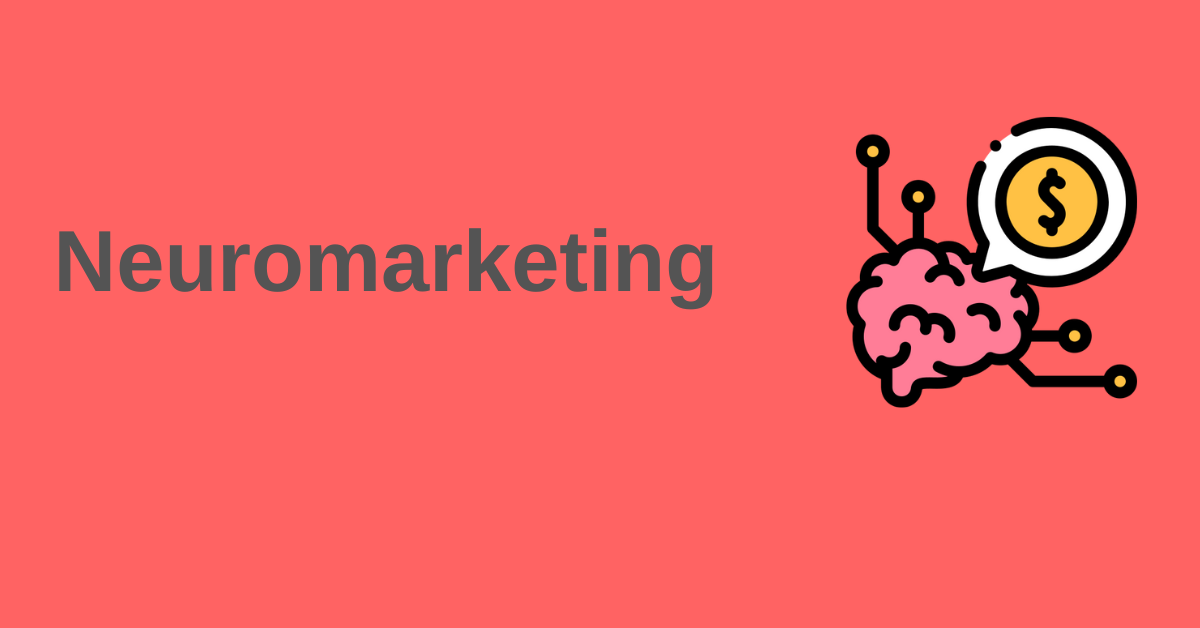Neuromarketing is a fascinating intersection of neuroscience and marketing that helps businesses understand consumer behavior on a deeper, subconscious level. By leveraging insights into how the human brain reacts to advertising, branding, and marketing stimuli, companies can craft strategies that resonate more effectively with their target audiences.
In this blog, we’ll explore what neuromarketing is, how it works, its benefits, and real-world applications.
What is Neuromarketing
Neuromarketing is a field of study that applies neuroscience techniques to marketing research. It involves analyzing how the brain responds to various stimuli, such as advertisements, packaging, colors, or logos, to understand why consumers make specific decisions.
Key tools used in neuromarketing include:
– EEG (Electroencephalography): Measures electrical activity in the brain.
– fMRI (Functional Magnetic Resonance Imaging): Tracks blood flow in the brain to see which areas are activated during exposure to marketing content.
– Eye-Tracking: Monitors where a person focuses their gaze and for how long.
– Facial Coding: Analyzes facial expressions to interpret emotional reactions.
How Does Neuromarketing Work?
Neuromarketing focuses on the subconscious processes that drive decision-making. While traditional marketing relies on surveys and focus groups, neuromarketing goes a step further by uncovering what consumers really feel, often bypassing the biases present in self-reported data.
For example:
– A consumer might say they prefer a product based on its price, but neuromarketing might reveal that emotional connections, such as the product’s design or packaging, have a stronger influence on their decision.
Through advanced technologies, marketers can gain insights into:
– Attention: What grabs a consumer’s focus.
– Emotion: How strongly a consumer feels about a message or brand.
– Memory: How well consumers retain information about a product or advertisement.
Benefits of Neuromarketing
1. Enhanced Customer Understanding
By studying brain responses, marketers can identify what truly resonates with their audience.
2. Improved Advertising Effectiveness
Neuromarketing helps refine ad content by focusing on elements that elicit strong emotional and cognitive reactions.
3. Optimized Product Design
Insights from neuromarketing can guide the design of products, packaging, and branding to maximize appeal.
4. Increased ROI
By targeting the subconscious mind, businesses can improve campaign effectiveness, leading to better conversion rates and higher returns.
5. Reduction in Marketing Waste
By focusing on what works, neuromarketing minimizes trial-and-error in campaigns, saving time and money.
Real-World Applications of Neuromarketing
1. Coca-Cola vs. Pepsi
In one famous neuromarketing study, researchers found that participants’ brains showed different responses when they were told they were drinking Coca-Cola vs. Pepsi. Coca-Cola triggered a stronger emotional response due to its powerful branding, even when participants couldn’t tell the drinks apart in a blind taste test.
2. Google’s Search Ads
Google used eye-tracking studies to optimize the placement of ads on its search results pages. This led to higher click-through rates and better user experiences.
3. Movie Trailers
Hollywood studios use neuromarketing to gauge audience reactions to movie trailers, ensuring they highlight the most emotionally engaging scenes.
4. Website Design
Many companies use eye-tracking to understand how users navigate their websites. This data helps improve user interface designs, making it easier for visitors to find what they’re looking for.
Ethical Considerations in Neuromarketing
While neuromarketing offers incredible potential, it also raises ethical questions:
1. Consumer Privacy: Collecting neural data must be done with explicit consent and transparency.
2. Manipulation: There’s a fine line between persuasion and manipulation. Brands must ensure they are not exploiting consumers’ subconscious vulnerabilities.
3. Accessibility: The high costs of neuromarketing tools can create a competitive gap between large corporations and smaller businesses.
How to Incorporate Neuromarketing into Your Strategy
1. Start Small: Use affordable tools like eye-tracking software to analyze user behavior.
2. Combine with Traditional Marketing: Use neuromarketing insights alongside surveys and focus groups for a more comprehensive understanding.
3. Partner with Experts: If you’re new to neuromarketing, collaborate with specialists or agencies with experience in neuroscience.
Conclusion
Neuromarketing represents the future of marketing by revealing the subconscious drivers behind consumer decisions. By understanding how emotions, attention, and memory influence purchasing behavior, businesses can create more impactful campaigns, design better products, and ultimately build stronger connections with their audiences. While it’s essential to approach neuromarketing with ethical considerations in mind, its potential to revolutionize marketing strategies cannot be overstated.




